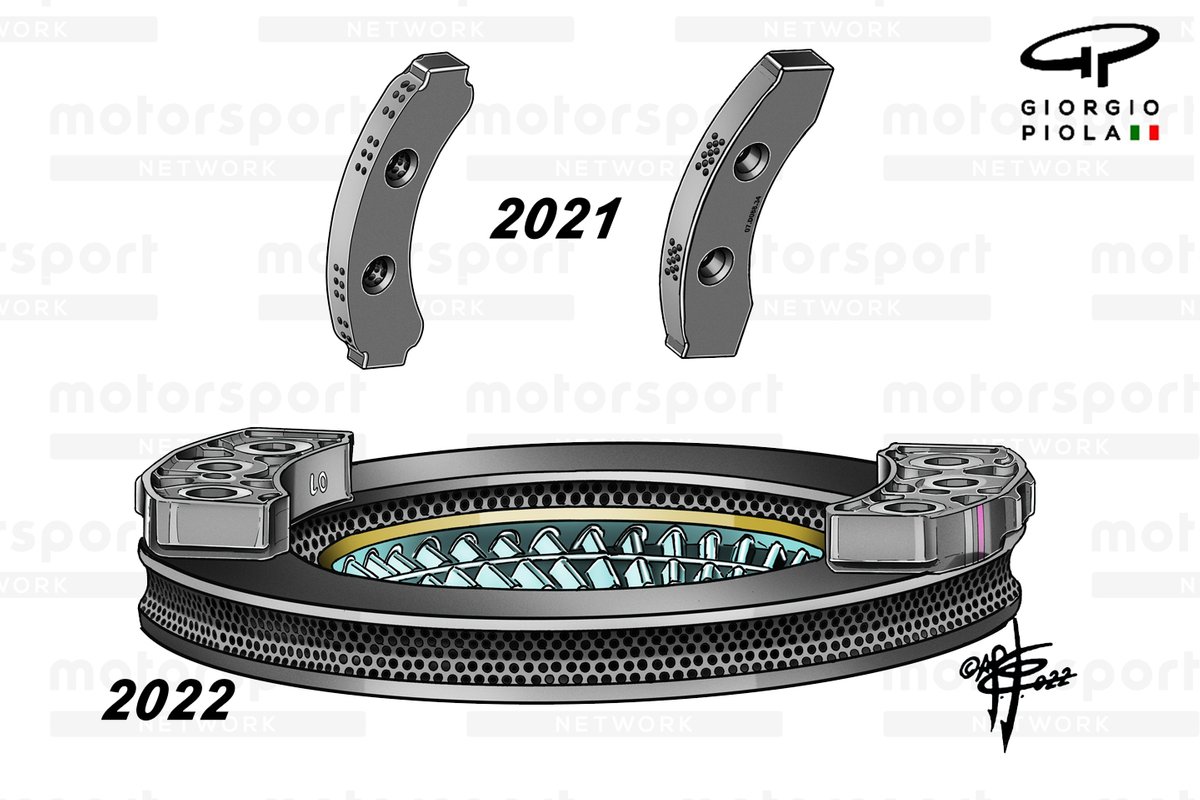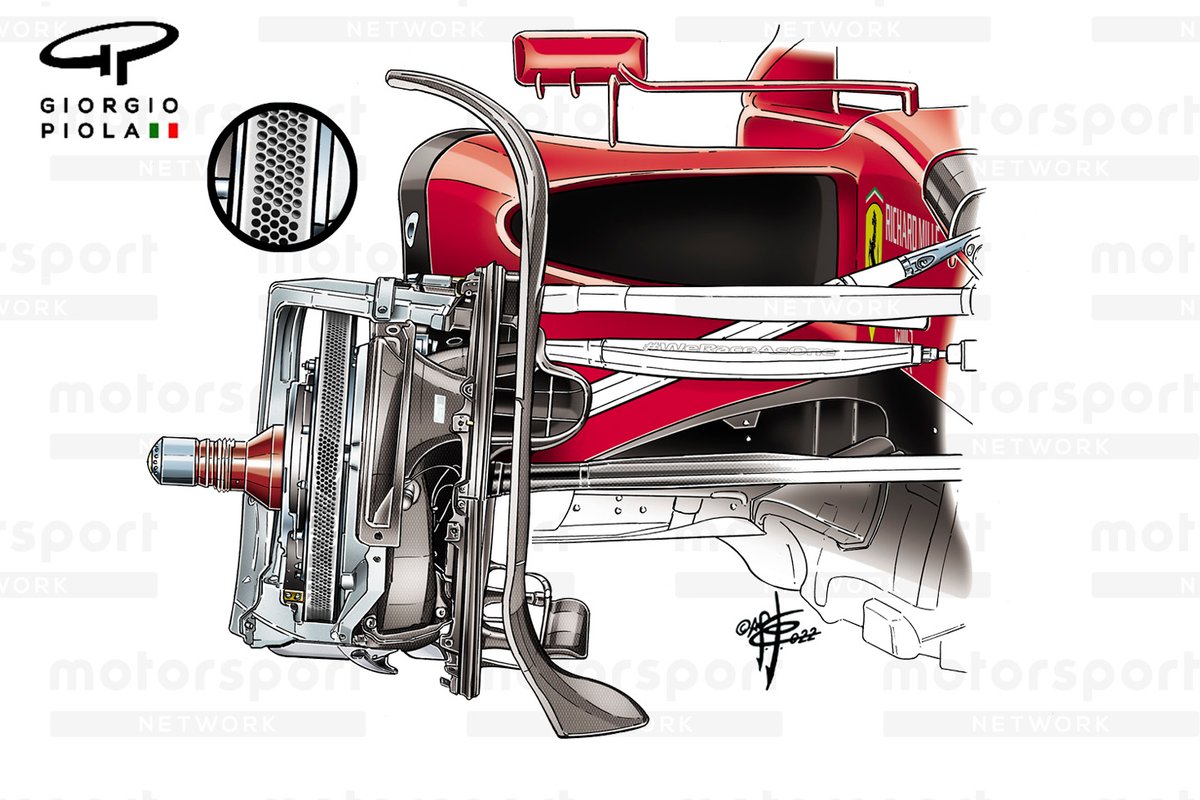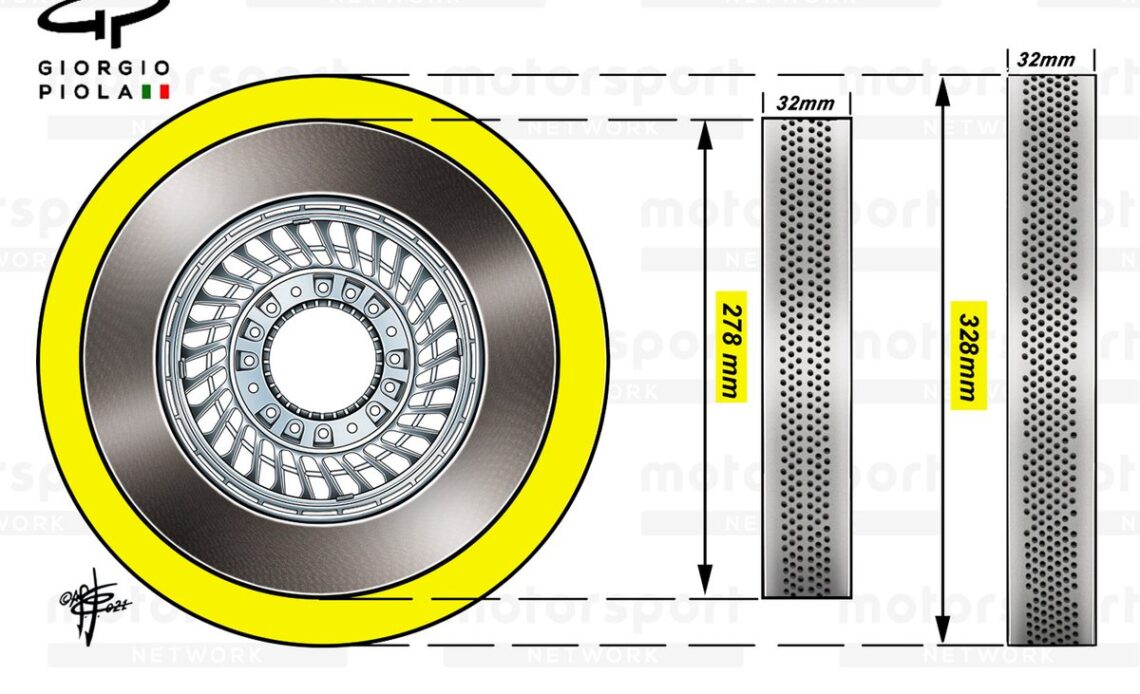However, rival Red Bull quickly hit its stride and since the summer break has stepped even further clear, especially in race pace, as the RB18 appears to have a clear edge with its tyre management characteristics.
A lot of the focus for the swing in performance has inevitably focused around aero development, as it’s an area where all teams make a lot of changes throughout the year.
However, there are other aspects of car design and setup that can play just as important a role in overall package performance, and this is why Ferrari’s tyre headaches may not just be an aero thing.
It would appear that Ferrari’s tyres have a higher propensity to overheat compared to those on the Red Bull. This is perfect for qualifying sessions as it helps switch tyres on, and has contributed to Leclerc and Carlos Sainz still being able to challenge for pole position up until now.
However, during the sustained heat cycle that the tyres undergo during the course of a race stint, Ferrari’s temperatures can rise more quickly than its main rival, offsetting the strategic advantage it once yielded.
Knowing how different the tyres are performing on the Red Bull and Ferrari cars, it’s interesting to note that the two teams fall on opposite sides of the fence when it comes to how they approach heat management for their brakes.
This is especially true when we consider the relationship this poses with the wheel rim and the tyre’s bulk temperature.

This is an area where teams spent a considerable amount of their resources during the previous regulation set, but the introduction of the new rules for 2022 has largely led to that research and development being reset.
The arrival of the standard specification 18″ wheel rim has resulted in numerous dimensional changes, with the discs at the front of the car now required to be between 325 and 330mm, rather than 278mm.
Furthermore, the drill holes that reach through the disc have to be a minimum of 3mm, altering not only the way the heat is transferred but also the behaviour of the airflow too.
Adding to this is a requirement to reject airflow passing through the brake assembly only through a rearward facing outlet, whereas teams had previously forced this out through the wheel face for an added aerodynamic effect.

Ferrari F1-75 front brakes
Photo by: Giorgio Piola
In response to these changes, we’ve seen Red Bull, McLaren, Alfa Romeo and Alfa Tauri adopt an internal brake disc fairing. Mercedes and Williams…
Click Here to Read the Full Original Article at Motorsport.com – Formula 1 – Stories…

